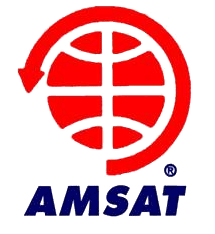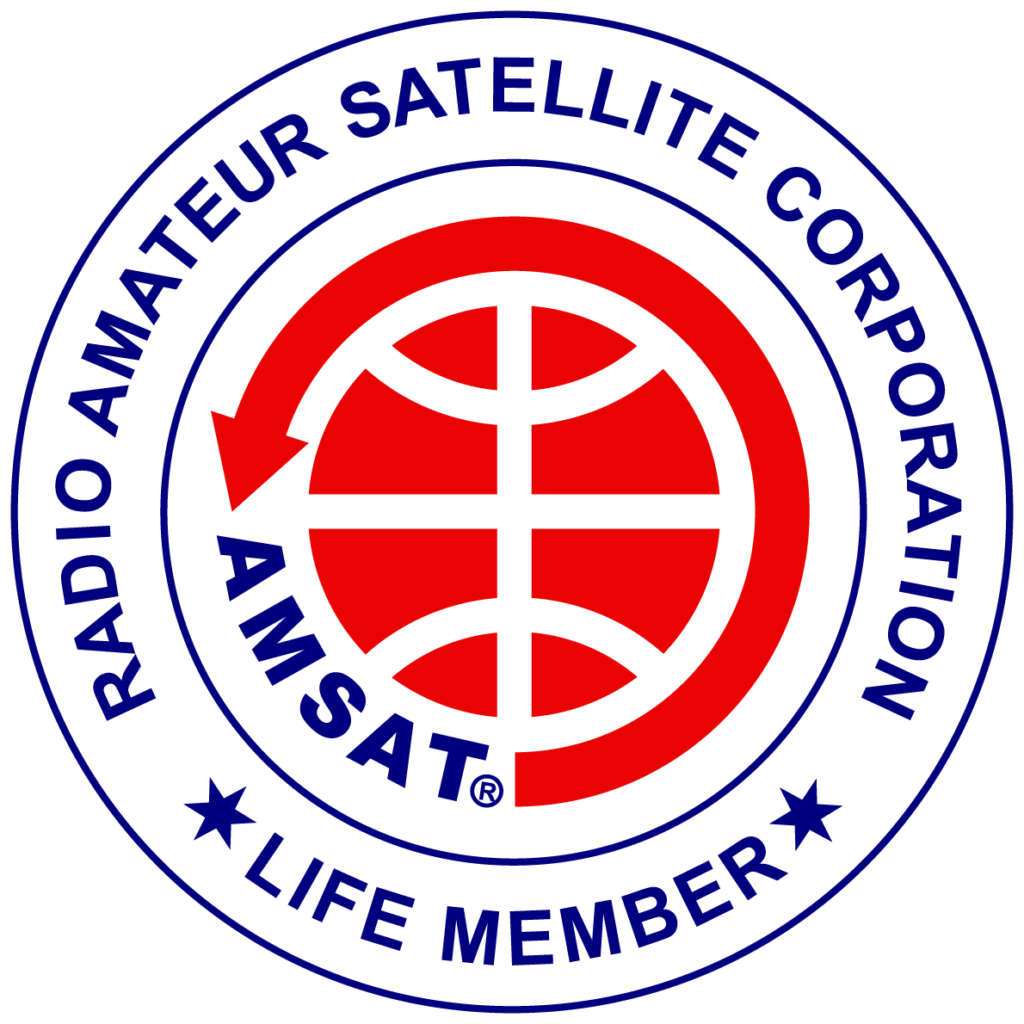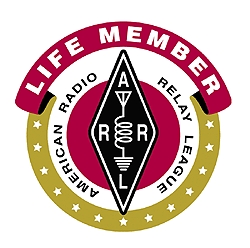The ARRL Field Day includes a 100 point bonus if at least 5 contacts are made using “Alternative Power”. For the QRP folks, this is an easy bonus, and in fact those folks often times run the entire event off of batteries and are rewarded with a 5 point per contact multiplier too. But, it’s fairly easy to obtain the bonus when using a full power station, such as a K3.
Here is the applicable rule: “7.3.8. Alternate Power: 100 bonus points for Field Day groups making a minimum of five QSOs without using power from commercial mains or petroleum driven generator. This means an “alternate” energy source of power, such as solar, wind, methane or water. This includes batteries charged by natural means (not dry cells).”
The key point is that the battery must be “charged” by alternative power. So a rather small solar panel, operated over a period of days, could put enough charge on a battery to allow it to be used for the Field Day bonus. This is exactly what my club did: A 10 AH LiFePO4 battery was charged in the days prior to the contest using a solar panel (A 10 watt panel will take approximately 18 hours of full sunlight to fully charge a 10AH battery. A rule of thumb is that you might expect it to take 3 times that amount of time to allow for partially cloudy conditions and non-optimal sun-angles. Assuming you aren’t in monsoon season, 6 days with a 10 watt panel laying on open ground will be more than enough time.)
My K3 consumes approximately 2.1 AH of battery capacity (at 13.6 volts) for each hour of contest operation while running 100 watts output (this is an average figure derived from monitoring current consumption during several CW contests). So a 10 AH LiFePO4 battery can comfortably run a K3 for about 4 hours in contest mode — obviously far more than the few minutes required to make 5 contacts.
Want to run your K3 for the entire contest off of a battery? Then figure you need 50 AH of battery capacity. That’s pretty big (and expensive if you are a LiFePO4 battery fan). But if you charged the battery during the contest with a 100 watt solar panel (about $150 at today’s prices and about 2.5 x 3 feet), and you have the good fortune to have a sunny day, then you are more than keeping up with demand during the daylight hours, and only have to worry about 10 hours of darkness, when 24 AH would do.
Why do I keep talking about LiFePO4 batteries?
- They are about 1/3 the weight of a sealed lead acid (SLA) battery
- Their output voltage is flat and stays very close to the “ideal” 13.8 VDC required by ham gear
- They deliver that flat output voltage under high current load for about 80 to 90% of their rated capacity.
- They last about 4 times longer
- They can be charged and left unattended on a shelf for months
As a benchmark, a 26 AH LiFePO4 battery weighs about 7 pounds, costs about $200, and will last about 2,000 charge discharge cycles. It will retain about 75% of its total capacity after being charged and stored for a year. On the other hand, a 26 AH SLA battery weights about 21 pounds, costs about $70, and will last for 500 charge/discharge cycles. It will be permanently damaged if left untended for a year, and would have only about 50% of its capacity remaining after sitting idle for just a month. Finally, during discharge, the SLA battery voltage will rapidly drop from about 12.8 volts down to about 10.0 volts.









Thanks for the article. Where are you getting those panels, at that rating, size and price?
Thanks, Christian KD2LIN
Hi christian,
The solar panel market is pretty volatile these days, plus the newest panels are designed to put out a much higher voltage as folks are drifting away from 12 volt systems. The folding panels are much more expensive. PowerFilm, an excellent supplier to the military will, several times a year, have panels for sale at about 50% off on Amazon. I’ve been told that when they receive large orders from the military, to ensure they meet the needed quantity, they overproduce. At the end of the day, the “extras” are sold on the consumer market for far less. That’s how I’ve picked up my folding panels.
The panel I used for Field Day was a fixed panel, about 2×4 feet, and put out about 120 watts around 18 volts. I obtained it from eBay for $100 with shipping several years ago. Panels are cheaper these days, but shipping is usually an arm and a leg. That 120 watt panel, coupled with a MPPT Controller, produced a peak of almost 9 amps, and an average of about 6 during daylight hours.